FALL AND JAPANESE "WABI SABI"
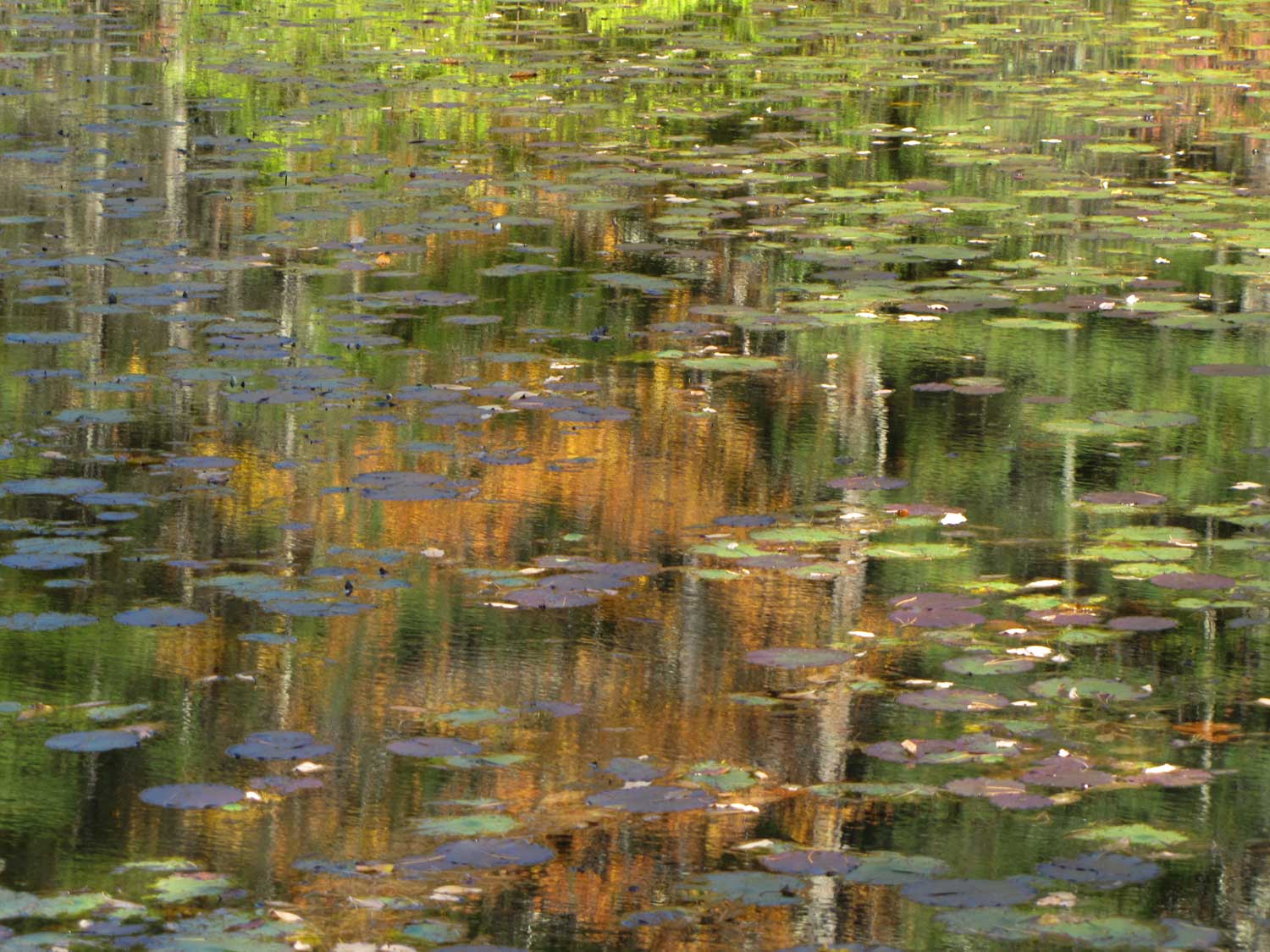
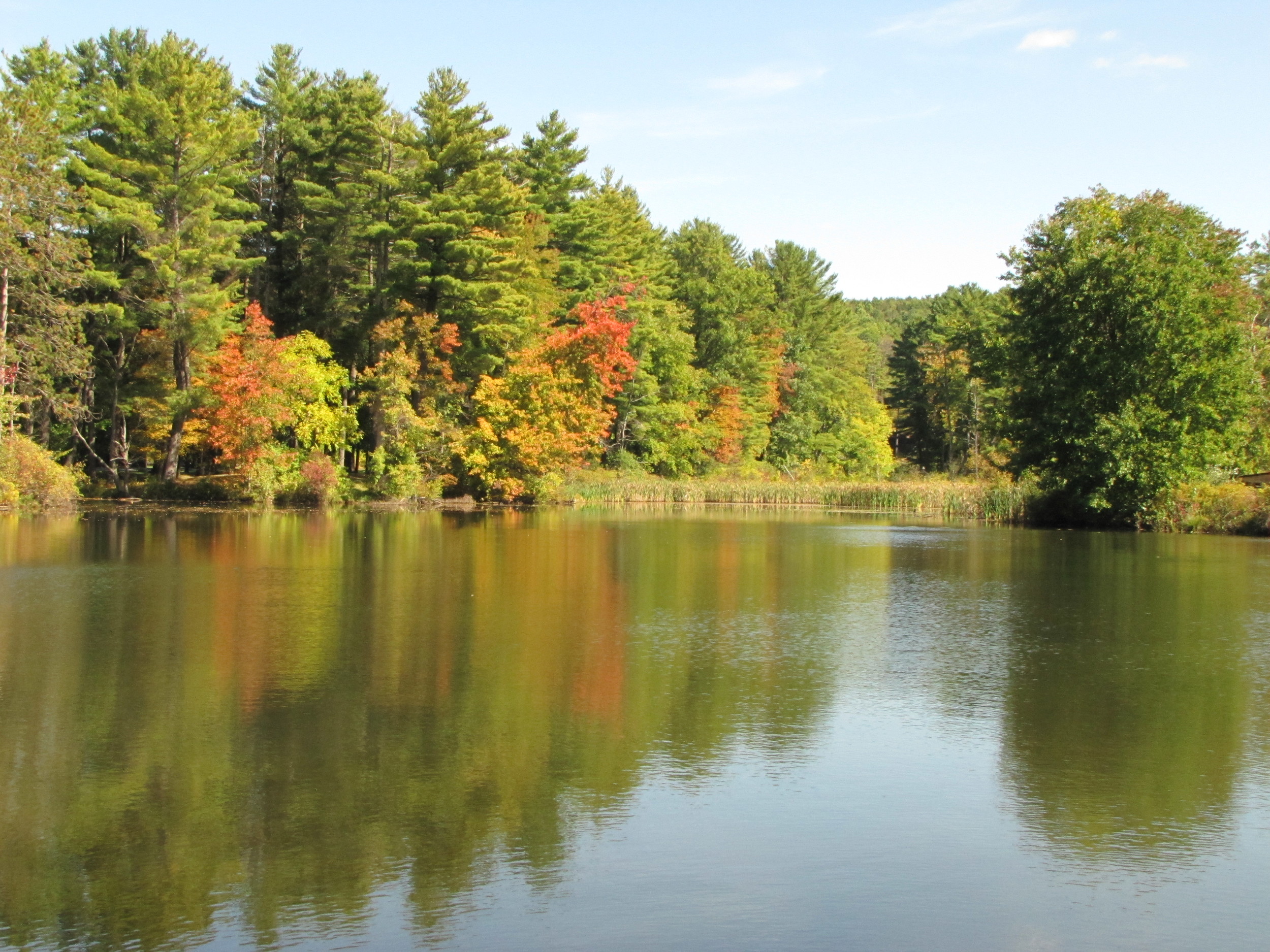

By now, most of us are breathing a well-deserved sigh of relief. November is around the corner; gardening chores are coming to a close. While the almost endless task of raking leaves may remain, toiling on our hands and knees is all but over.
Life is simpler, less cumbersome. We’ve cut back the hostas; yanked out the wilted basil, shoveled compost onto the vegetable beds while not forgetting to dig out and stash away the dahlia corms for next year. Best of all, we are no longer beholden to hunting endlessly for those mislaid pruners…
Still, bidding farewell to the former abundance and fanfare of our garden and New England’s glorious surrounding landscape may invariably trigger a tinge of longing — call it nostalgia, for what has come and gone.
For us all, gardeners or not, the transition into late fall signifies the palpable reminder of change. Time. As transitions move in a rapid fast forward mode—particularly as I get older— it’s hard not to can’t escape the desire to rewind the clock. After all, just the other day, the garish garnets and ambers of sugar maples, sumacs and my favroites: sassafras, were upon us. Today, this explosion of color is vanishing. Who hasn’t listened to the howling wind through the night, woken up the next morning, pulled back the curtains and not been greeted by an utterly transformed, more stark palette of slate grays, taupes and mahogany browns?
Milkweed pod
Recently I stumbled upon a Japanese concept perfectly suited for this time of year. Subtle, ambiguous and, ultimately, quite comforting, it is called wabi-sabi. Rooted in Zen Buddhism, it carries many implications, one of which involves both a melancholic and celebratory appreciation of the impermanent and the imperfect.
Infused in this Eastern worldview, wabi-sabi underlies much of the traditional, as well as contemporary Japanese esthetic. For me, this is particularly relevant when it comes to nature and the art of landscaping. After all, the Japanese garden offers a prism of nature.
In working the land, we are forever challenged to acknowledge, accept and hopefully even celebrate the ephemeral. We may also choose to be further reminded of it by introducing the element of water. Consider the small waterfall cascading down a few boulders or the stone fountain surrounded by grasses that quiver in a breeze.
For the world renowned architect, Tadao Ando (responsible for the new wing of the Clark museum and numerous projects around the world), wabi-sabi is a central and fundamental pillar to his vision and work. Lacking a term in most languages, wabi signifies the simple and humble and sabi that which gains beauty with age.
Such a world-view brings a much needed balance to our ubiquitous Western tendency to mourn the past and persist in attempting to arrest the effects of aging. Everything is right just the way it is.
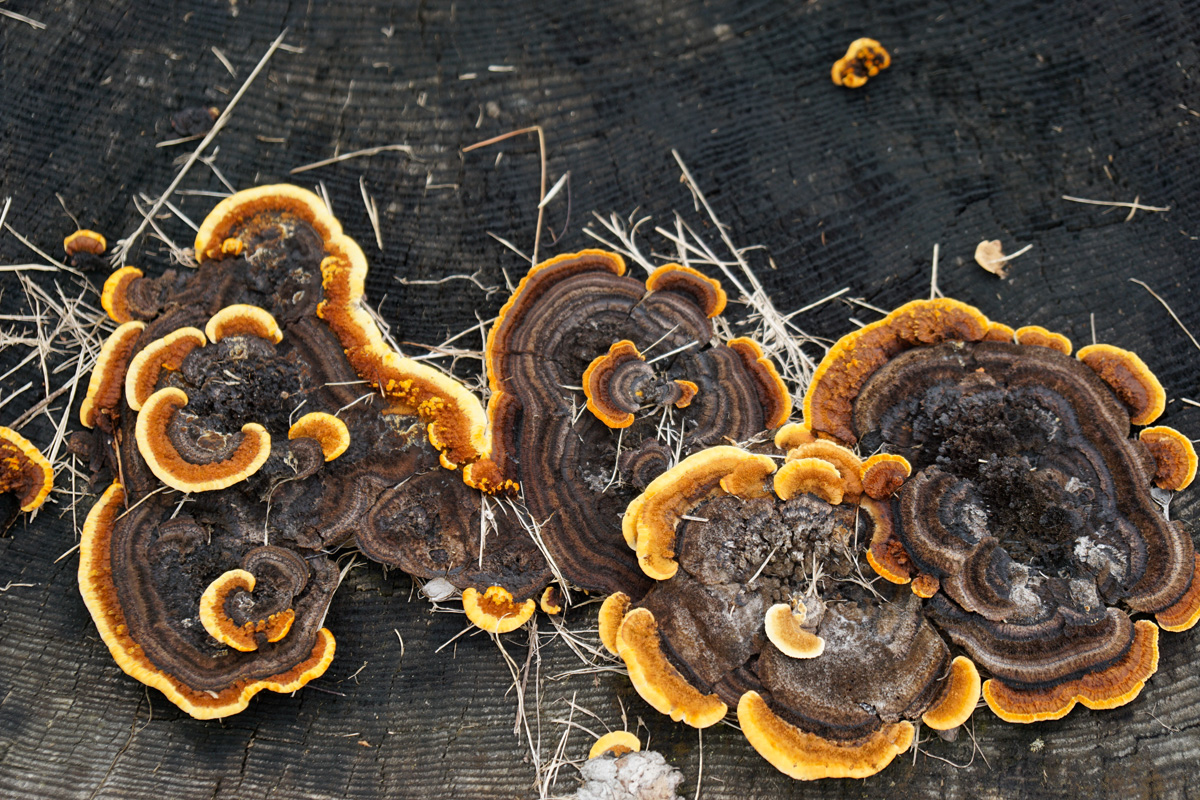
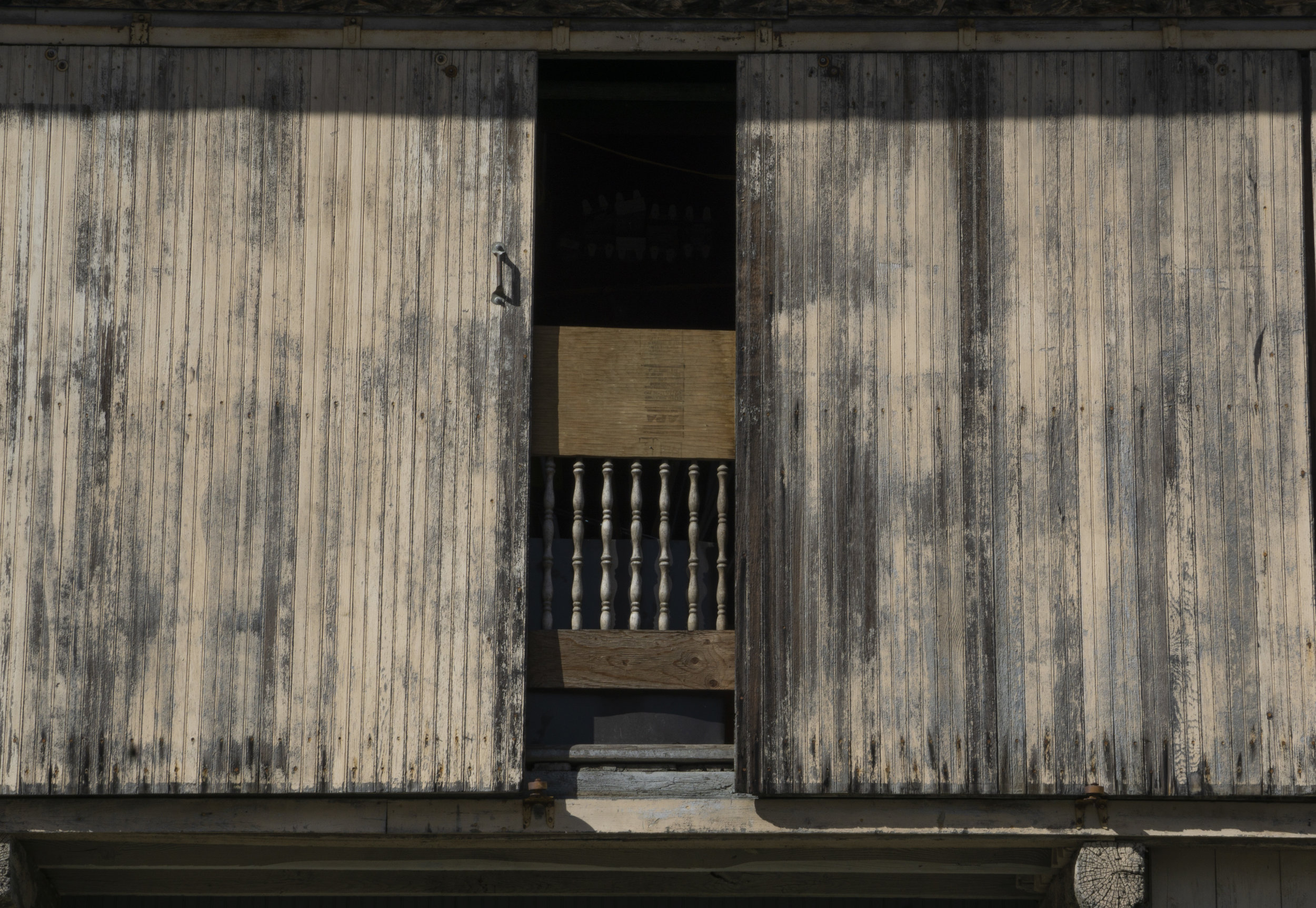
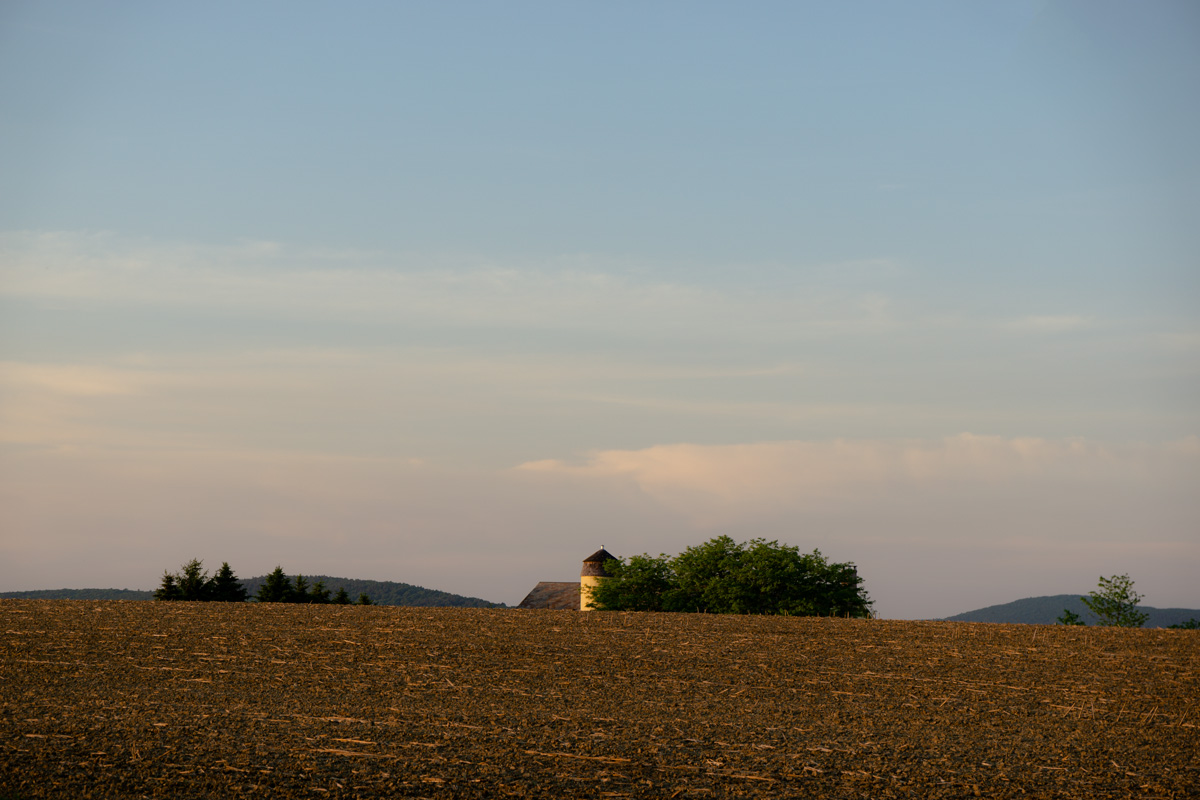
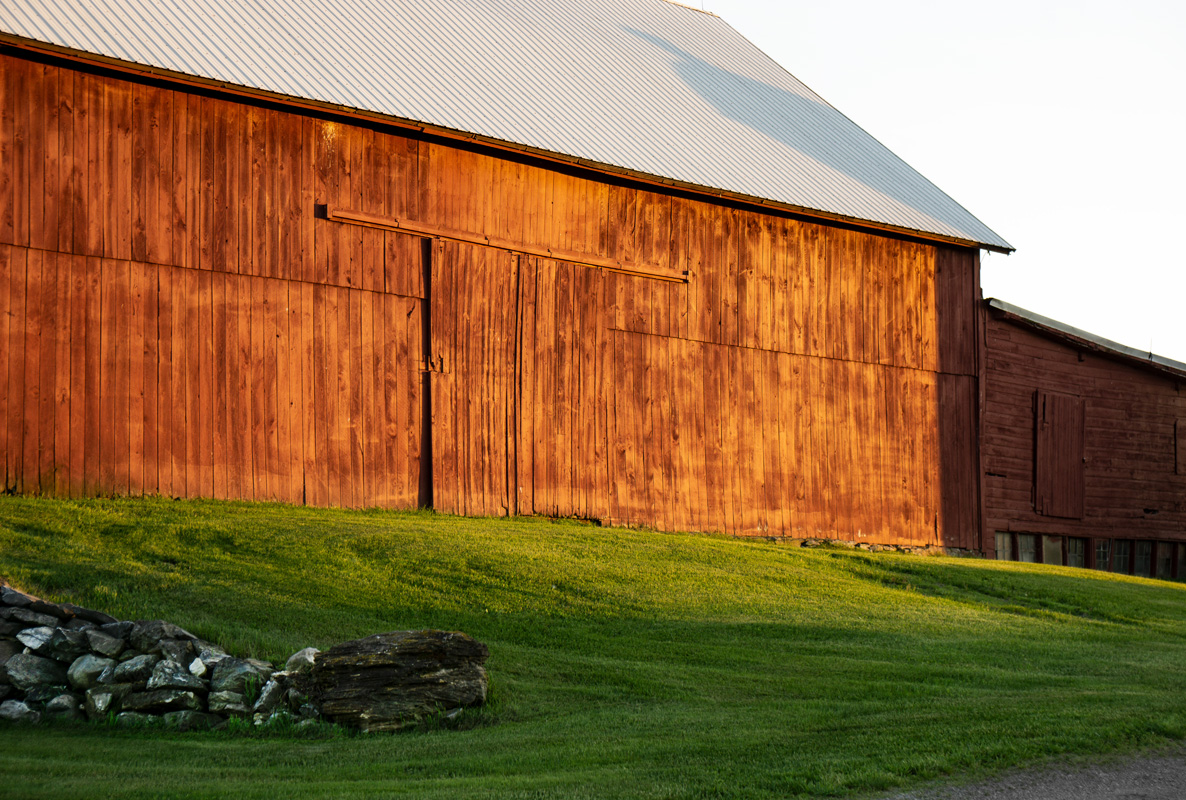

COMMENTS
4 COMMENTS
ann barden wrote:
October 12, 2012 at 5:22 pm
This is beautiful, Honey, both the pictures and the articulation of what we experience at this time of year. I love the red maple outside our living-room, and it even more precious because I know how temporary this beauty is.
honeysharp wrote:
October 13, 2012 at 10:23 am
Thanks Ann. And just this morning we awoke to 28 degrees! David’s out raking the tons of Black Walnut leaves that fell.Enjoy your maple!
Judy wrote:
October 15, 2012 at 10:24 am
Beautiful, Honey. So well done. Bravo.
Kitty wrote:
October 20, 2012 at 9:44 pm
Honey – The photos, your words are deeply inspiring and linger with me as I type. Thank you for taking the time to share your passion and keen sense of the circle of life.



